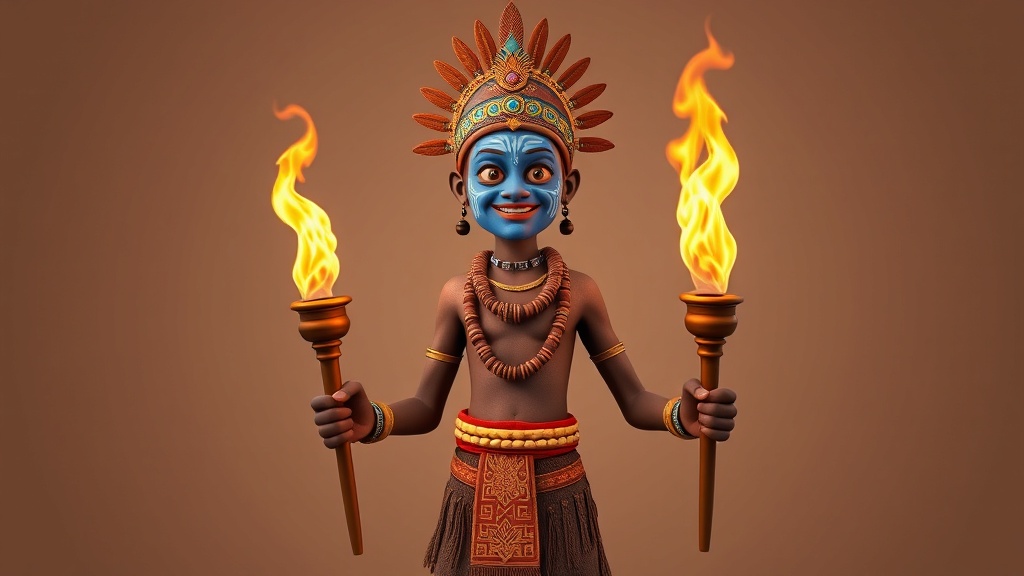Home / Arts and Entertainment / 'Kantara' Director Urges Fans to Respect Sacred Rituals, Not Imitate Them
'Kantara' Director Urges Fans to Respect Sacred Rituals, Not Imitate Them
8 Oct
Summary
- Fans reenacting Daiva possession scenes from 'Kantara' in theaters
- Director Rishab Shetty expresses disappointment, calls rituals sacred
- Production house Hombale Films appeals to public to preserve cultural heritage

In the past few weeks, the critically acclaimed film 'Kantara: Chapter 1' has faced a troubling trend as fans have started reenacting the movie's Daiva possession scenes in cinema halls. This has sparked widespread debate about cultural sensitivity and respect for religious practices.
The film's director, Rishab Shetty, and the production house Hombale Films have expressed deep disappointment at these fan imitations. They have urged the public to appreciate the film for its cinematic experience but to refrain from mimicking the sacred Daiva rituals portrayed on screen.
Shetty explained that the Daiva possession scenes were carefully crafted to communicate the gravity and emotional depth of genuine worship, which is a deeply revered spiritual practice in Karnataka's coastal Tulunadu region. He emphasized that these centuries-old rituals hold profound religious significance for the Tulu community and should not be trivialized.
The production house echoed Shetty's sentiments, stating that the Dhaivaradhane tradition featured in 'Kantara' is a profound symbol of faith and cultural pride that should be upheld with respect. They appealed to the public to recognize the spiritual importance of these portrayals and refrain from any act that involves imitating or mocking the Daiva personas.
As the debate continues on social media, the makers of 'Kantara' have made it clear that while they welcome the film's success, they cannot condone the disrespect shown towards the sacred traditions it depicts. The appeal from Shetty and Hombale Films carries an important message: appreciate the art, but respect the real-world traditions it represents.


